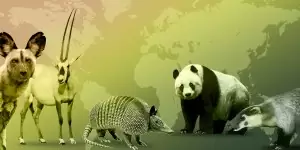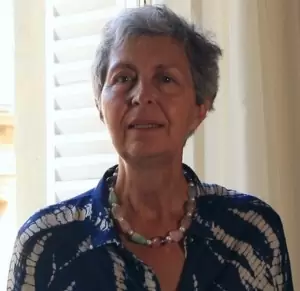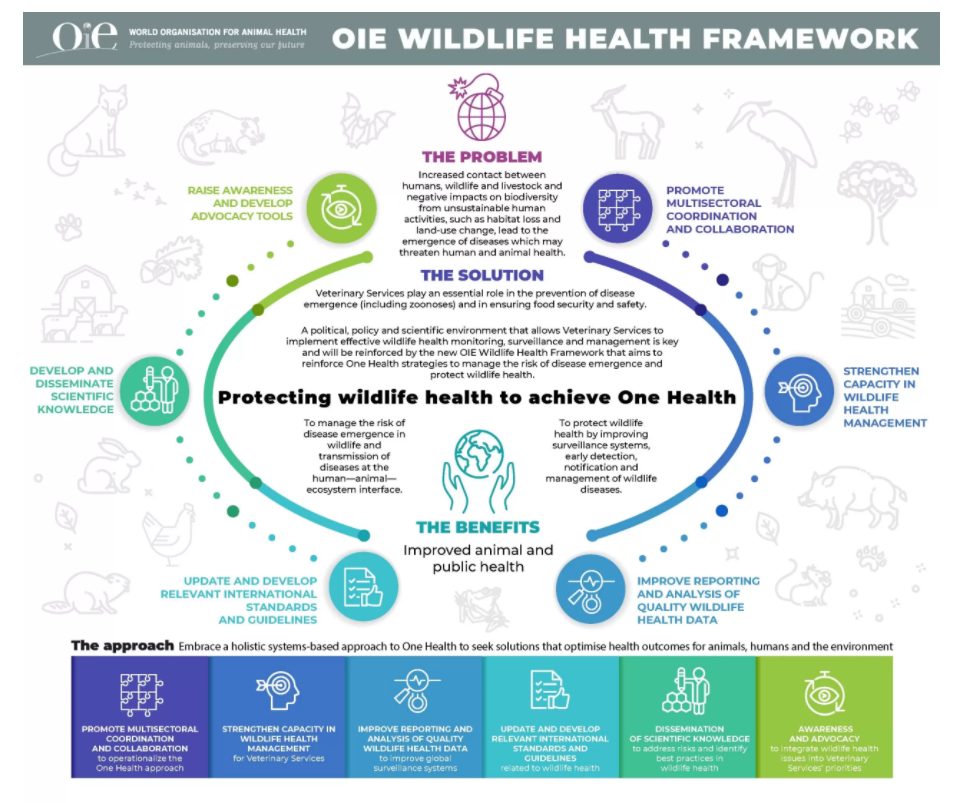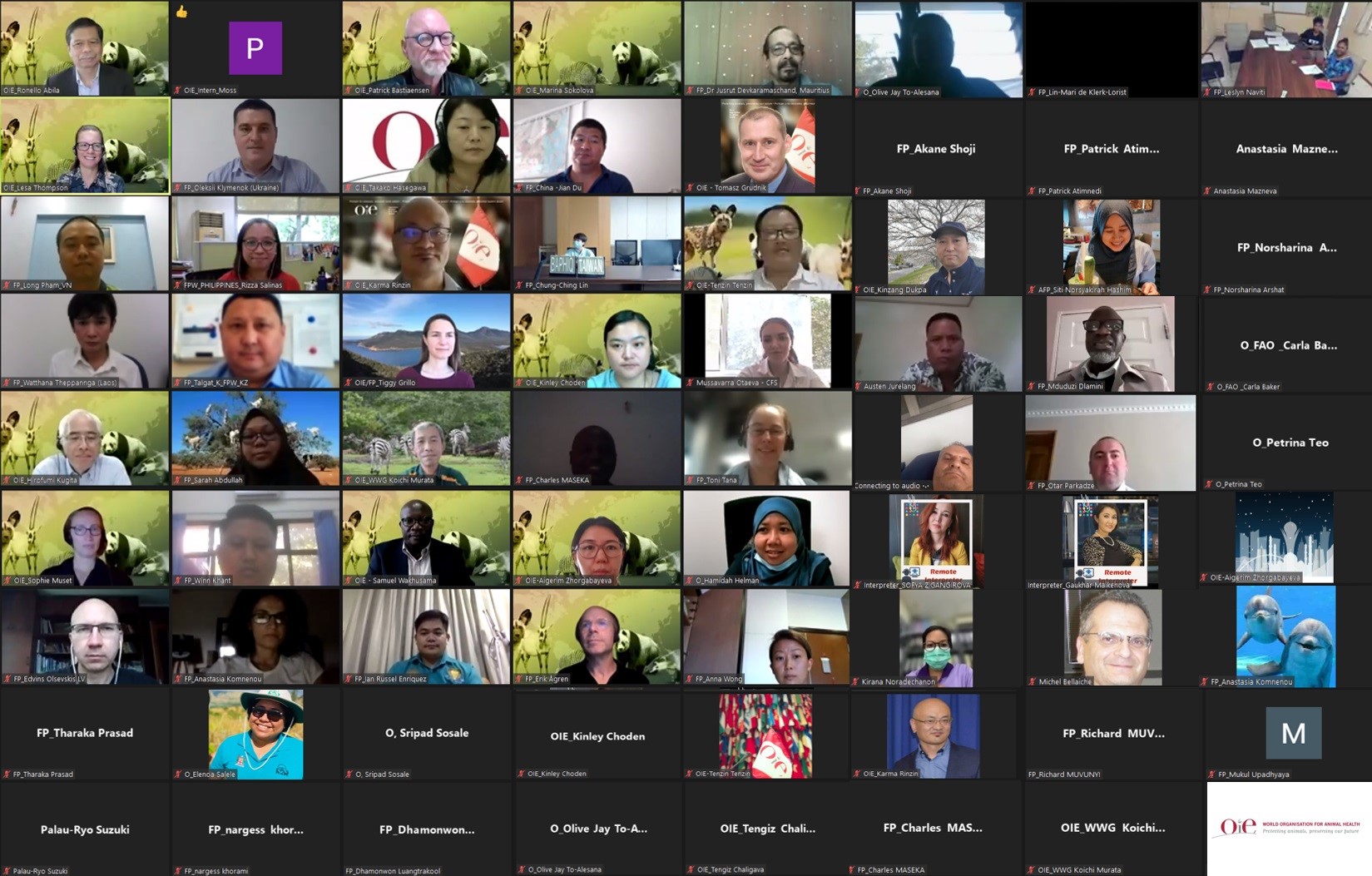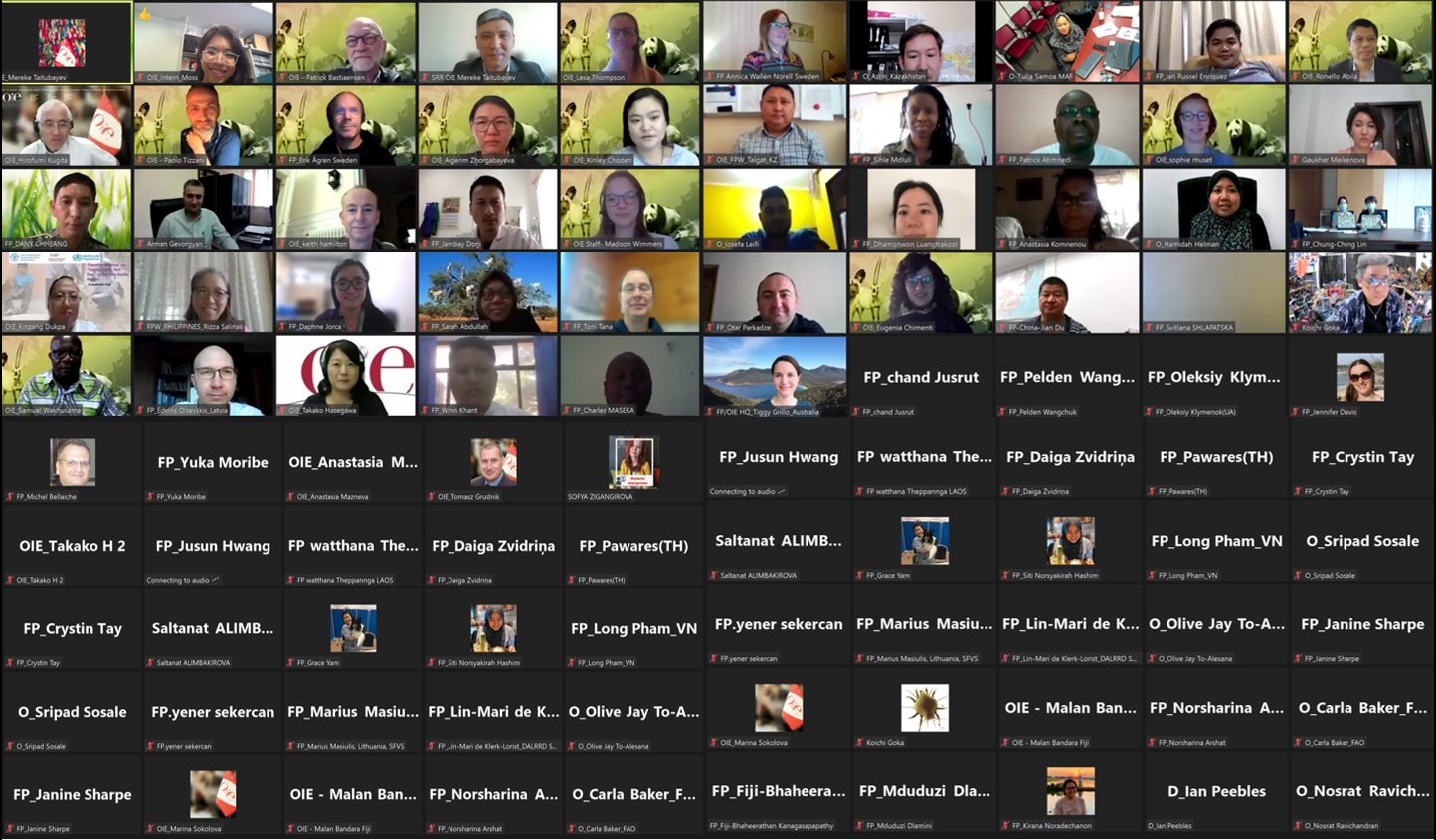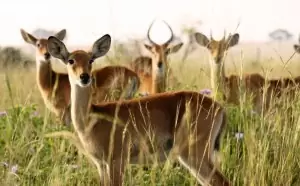
The five Regional Representations of the OIE successfully organised the first inter-regional training course for wildlife focal points across five regions and in twelve different time zones.
The three-day event was attended by over 250 participants from 137 member countries, in three different sessions (western hemisphere, GMT and eastern hemisphere) and three official languages (English/Spanish, French-only and English-only respectively; with additional simultaneous translation to Arabic and Russian).
The programme for the three webinars was purposely identical, except of course for the interactive sessions (discussion, questions and answers, Mentimeter polls). All speeches, country testimonies and technical presentations were pre-recorded, transcribed, translated and subtitled in the other two languages.
Dr Monique Eloit, OIE Director General
This made time management rather easy, allowing for approximately one hour of formal presentations and one hour of interaction with the focal points.
A welcome speech from the OIE Director General, Dr. Monique Eloit, was followed by speeches from the OIE Regional Representatives from Africa, the Americas, Asia and Pacific, Europe, and the Middle East.
View the opening address on You Tube below
Dr Monique Eloit, OIE Director General
Day 1 : Opening addresses by the OIE Director General and all five Regional Representatives
Main technical presentation 1 : OIE Wildlife Health Framework “Protecting Wildlife Health to Achieve One Health” (2021)
Interactive session (question and answer, online polling)
Day 2 : Member experiences: “Overcoming challenges”
Main technical presentation 2 : Presentation of the draft Training Manual for the 6th cycle training of OIE Wildlife Focal Points
Interactive session (question and answer, online polling)
Day 3 : Member experiences: “Coordinating reporting between competent authorities”
Main technical presentation 3 : Features and opportunities of the new OIE-WAHIS system, with regard to wildlife diseases
Interactive session (question and answer, online polling)
Closing statements by selected Sub-Regional Representatives
On Day 1, the OIE Wildlife Health Framework (WHF) ‘Protecting Wildlife Health to Achieve One Health’ was presented by the Preparedness & Resilience Department. The presentation highlighted the new OIE wildlife health approach, implementation strategy, achievements to date and outlined the different ways the OIE Focal Points for Wildlife could be involved in the implementation of the new programme while benefiting from its outcomes.
Two interactive sessions using Mentimeter polls followed the presentation. The first one aimed to assess how Wildlife Focal Points could contribute to the six WHF workstreams and which one could be the most beneficial for them. The second one aimed to collect the OIE Focal Points for Wildlife’ feedback on the relevance of updating their Terms of References vis a vis of this new programme.
The first session allowed the OIE Focal Points for Wildlife to identify Collaborate, network, communicate as key actions that they could do to support the WHF. The two workstreams that they could easily contribute to are 3. disease notification and 6. communication & awareness (93 respondents). The two workstreams that would be the most challenging for the OIE Focal Points for Wildlife to contribute to, are 2. capacity building and 4. standards (93 respondents). Finally, the two workstreams that would be the most beneficial to the OIE Focal Points for Wildlife are 2. capacity building and 1. partnerships coordination and collaboration (97 respondents).
The second session highlighted that 60 out of 85 respondents (70%) said that there was no need to change the current Terms of reference (ToR) for the OIE Focal Points for Wildlife.
However, several proposals were made to refine some of the tasks and make them more fit for purpose and in tune with the WHF. In addition, the participants identified that adding some competencies to the TORs would be useful: Training in epidemiology, knowledge of wildlife, and being a veterinarian, were the three competencies mentioned the most.
Day 2 started with presentations from Trinidad & Tobago, Ghana, Cambodia and Lebanon on overcoming challenges (view the presentations and videos below).
View all four recorded presentations, including Ghana (above).
These were followed by a presentation of the “Wildlife Disease Surveillance and Management” Training Manual for the 6th cycle training of OIE Wildlife Focal Points, by two experts from the OIE Collaborating Center on “Wildlife Health and Biodiversity”. The presentation provided an overview of the training manual content including type of surveillance, surveillance design considerations, managing surveillance information, and disease management in wildlife. The experts also asked two questions of Wildlife Focal Points to assess the major needs and challenges faced by Wildlife Focal Points. Participant responses to the questions were solicited using Mentimeter polls that provided real-time summaries. In response to the first question, participants (106 respondents) prioritized the three following topics 1. Surveillance design and implementation, 2. Outbreak Investigations and 3. Diagnostic sample collection and testing, for training to help them perform their in-country duties as a Wildlife Focal Point.
For the second question, 99 respondents identified 1. Communication and advocacy strategies to better integrate wildlife health in your country’s national animal health strategy, 2. In-country coordination of wildlife health events so they can be managed and then reported back to the OIE, and 3. Communication network and collaborations with wildlife counterparts as competencies and activities that have been most challenging for performing their duties as a Wildlife Focal Point.
These results were then used to facilitate discussion during the plenary session regarding these topics and to gain a more in-depth understanding of Wildlife Focal Points’ challenges and training needs. This session additionally provided the opportunity to share the five previous training manuals already developed by the Collaborating Center, as a valuable resource for the Wildlife Focal Points
Prof. Wangari Maathai in The Challenge for Africa (2009) Nobel Peace Prize laureate and founder of the Green Belt Movement
Day 3 started with presentations from OIE Members, Uruguay, Uganda, Republic of Korea, and Bahrain about coordinating reporting between competent authorities.
View all four recorded presentations, including Uruguay (above)
The main technical theme of the day was presented by the World Animal Health Information and Analysis Department (WAHIAD), aimed at highlighting features and opportunities of the new OIE-WAHIS system, with regard to wildlife diseases. The presentation targeted three objectives:
The sessions were organised through the use of recorded presentations, interactive real-time interactive voting sessions using Mentimeter and open Q&A discussions.
The key messages delivered were:
The training ended by a series of 5 closing statements from a selection of OIE Sub-Regional Representation in Tunis, Panama, Bangkok, Nur-Sultan, and Abu Dhabi.
